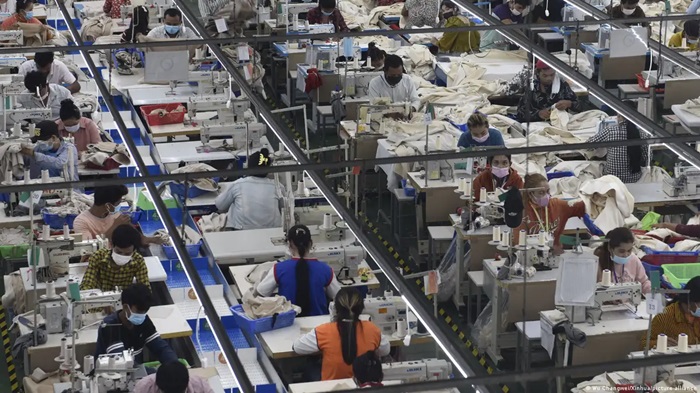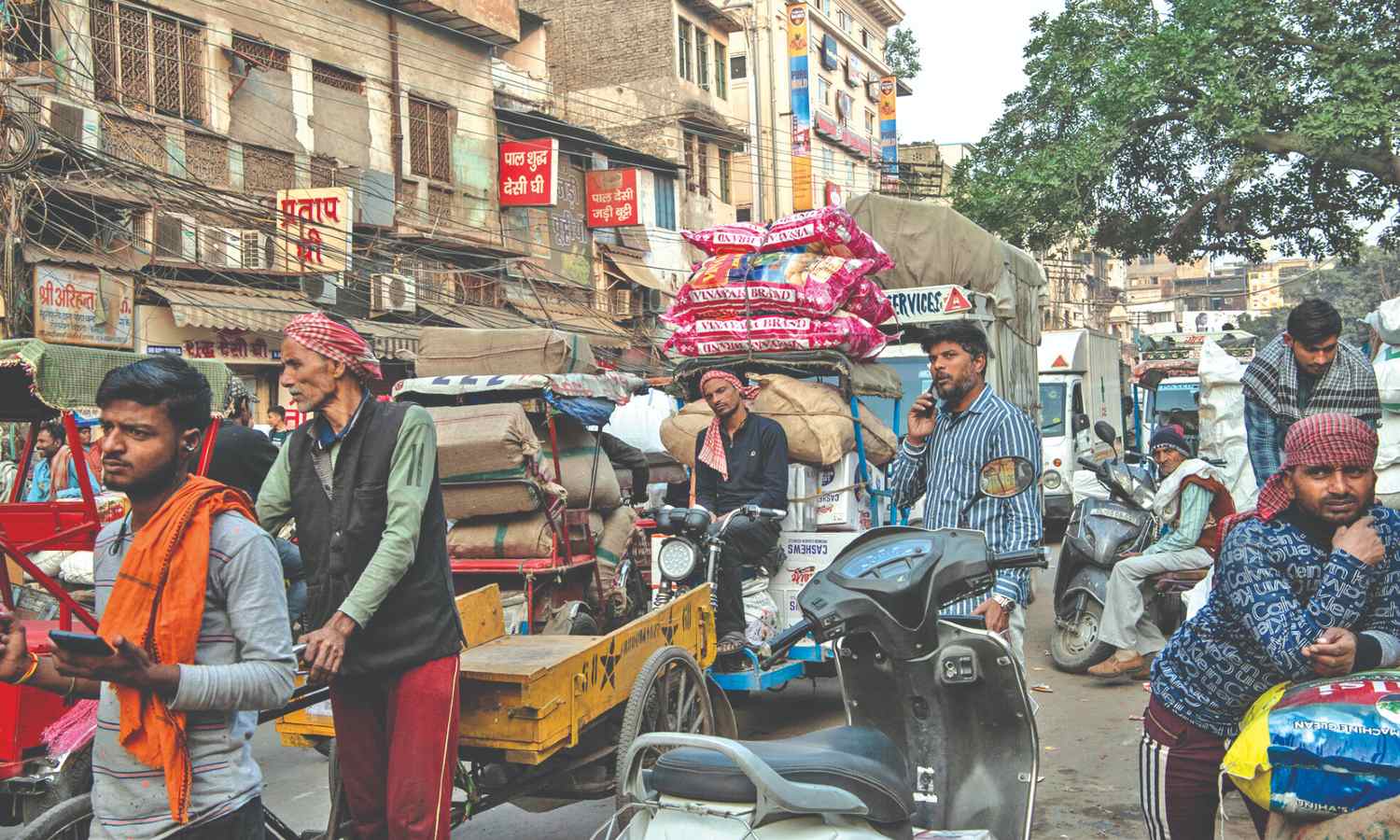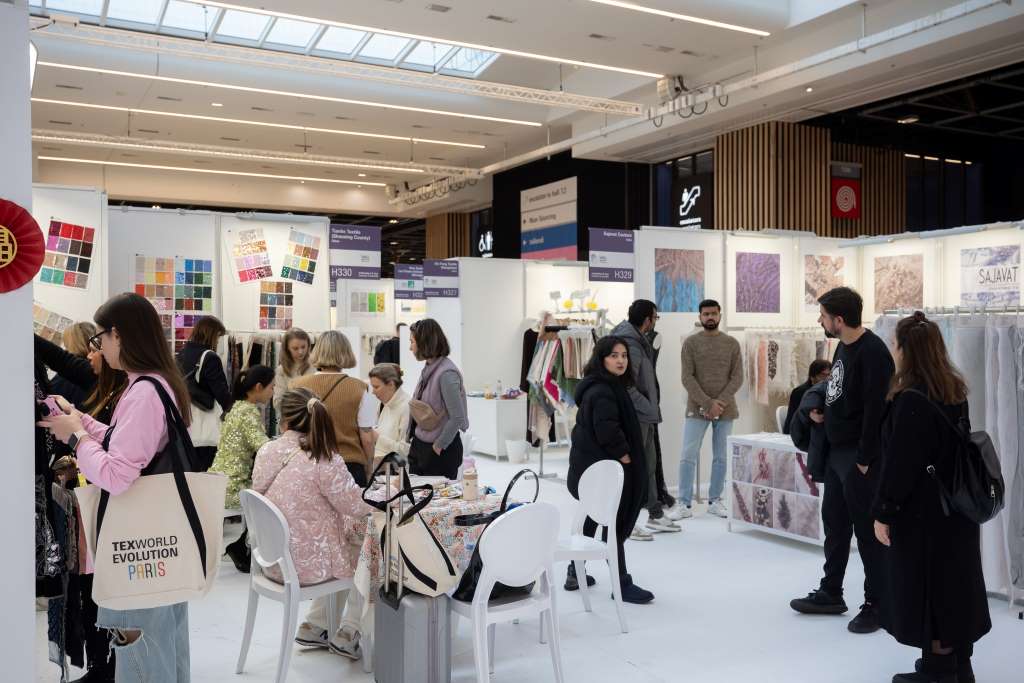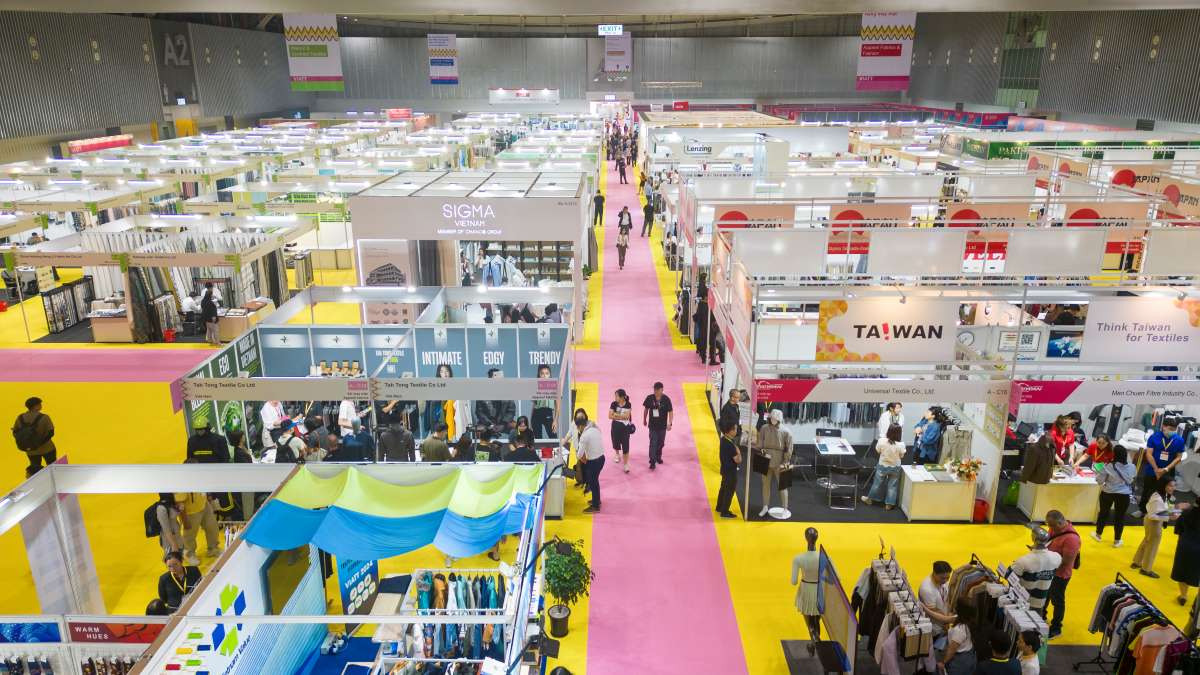
The recent show ‘The Vietnam International Trade Fair for Apparel, Textiles and Textile Technologies (VIATT) 24’ sent a clear message: Vietnam's textile and apparel industry is a force to be reckoned with. The expo's success highlights a complex relationship between Vietnam and China, a story of competition and potential collaboration in the global market.
VIATT 2024: A Springboard for Vietnam
VIATT 2024 showcased Vietnam's growing capacity for mid-range apparel and value-added services, attracting new partnerships. Industry leaders believe the expo will strengthen regional collaboration within Southeast Asia, creating a more robust textile and apparel ecosystem. This new found confidence positions Vietnam as a key player, potentially influencing its future trade dynamics with China.
Data Table: Vietnam Textile & Apparel Exports (USD Billion)
| Year | Exports |
| 2020 | 31.1 |
| 2021 | 38.8 |
| 2022 | 40.0 (est.) |
| 2023 | 40 |
Vietnam shares a symbiotic, yet competitive landscape with China
From China's perspective, Vietnam is both a competitor and a collaborator. Vietnam's garment exports have surged to $40 billion in 2023, fueled by rising labor costs and trade tensions faced by China. However, Vietnam still relies heavily on China for raw materials like fabric, thread, and zippers with only 30-40% sourced locally. This creates a complex interdependence.
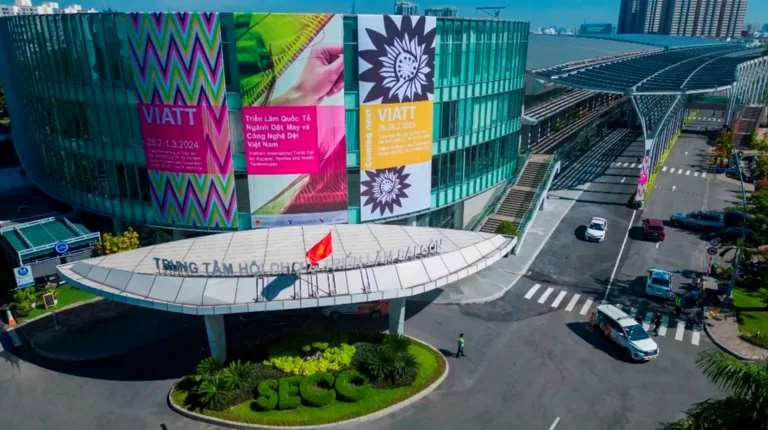 Vietnam: Trade agreements with China & the USA
Vietnam: Trade agreements with China & the USA
Both China and Vietnam are members of the ASEAN Free Trade Area (AFTA), promoting lower tariffs for regional trade. This facilitates the movement of textiles and garments between the two countries. Whereas, China recently implemented stricter quality control measures (Order No. 259) for imported textiles, potentially impacting Vietnamese exports in the short term.
The US trade war with China has fueled the "China+1" strategy, with American companies seeking to diversify their sourcing. Vietnam's lower labor costs and geographical proximity make it a prime candidate, benefiting its garment industry. However, Vietnam still faces stiff competition from China in the US market, especially for high-volume, low-cost production.
Looking Ahead: Collaboration or competition?
Both China and Vietnam are experiencing rising labor costs and are moving towards higher-value production and automation. This shift could create opportunities for collaboration in areas like technology and design. Meeting stricter sustainability standards set by the EU and US will be crucial for both countries to maintain competitiveness.
VIATT 2024 has highlighted Vietnam's ambitions in the textile and apparel industry. China will likely view this with a mix of caution and opportunity. While Vietnam's rise presents competition, collaboration in areas like raw material sourcing and technological advancements could be mutually beneficial. The future of China-Vietnam textile trade hinges on navigating this complex dynamic, with VIATT potentially serving as a springboard for a more balanced and collaborative relationship.




